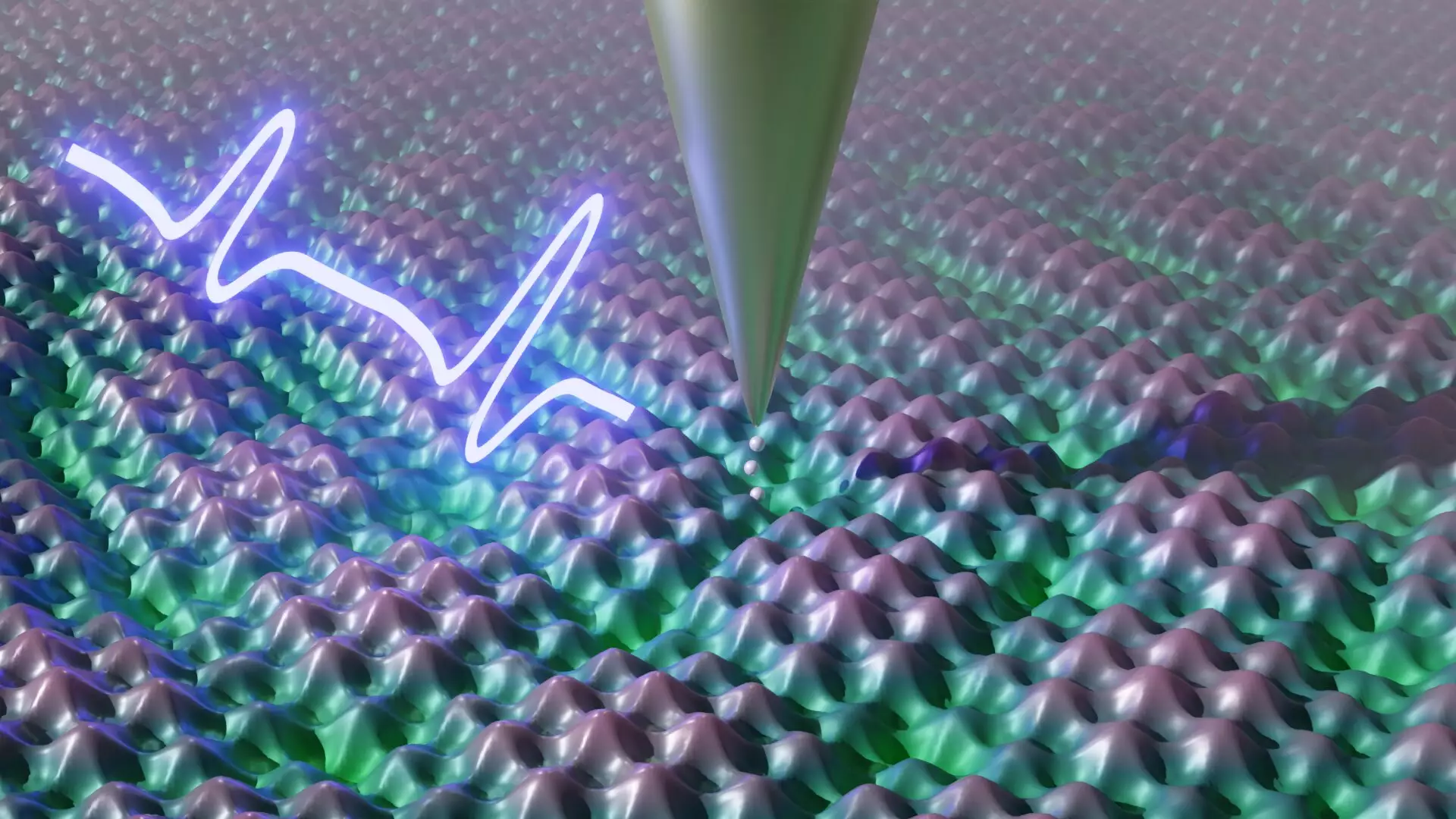The physicists at the University of Stuttgart, led by Prof. Sebastian Loth, are making groundbreaking advancements in the field of quantum microscopy. Their innovative method allows them to observe the movement of electrons at the atomic level with exceptional spatial and temporal resolution. This development has the potential to revolutionize the way scientists study and develop materials, paving the way for more targeted and efficient research in this area.
Prof. Loth highlights the significance of their method by stating that they can now visualize aspects of matter that have never been observed before. This ability to observe the movement of electrons in solids at such a minute scale opens up possibilities to answer questions that have remained unanswered for decades. This breakthrough is not just a theoretical achievement; it has direct practical implications for material development.
In traditional materials like metals, insulators, and semiconductors, small changes at the atomic level do not significantly affect their macroscopic properties. However, in advanced materials produced in laboratories, minimal atomic-level alterations can lead to entirely new macroscopic behaviors. For instance, some materials can transition from being insulators to superconductors, conducting electricity without heat loss. This rapid and drastic change is facilitated by the precise movement of electrons within the material.
Prof. Loth’s group focused on studying a material composed of niobium and selenium to observe the collective motion of electrons in a charge density wave. By introducing a single impurity into the material and applying a short electrical pulse, they were able to disrupt this collective movement, leading to intricate electron motions within the material. This research sheds light on how impurities can influence the behavior of materials and opens up avenues for targeted material design.
The team at the University of Stuttgart combined a scanning tunneling microscope with an ultrafast spectroscopy method to achieve both high spatial and temporal resolution in their observations. This integration of techniques allowed them to visualize atomic-level details with exceptional clarity, providing insights into the dynamic behavior of electrons in materials. The meticulous shielding of their laboratory setup was essential to minimize interference and noise that could distort their measurements.
One of the remarkable aspects of this research is the sheer volume and frequency of measurements conducted by Prof. Loth’s team. By repeating their experiments 41 million times per second, they achieved unparalleled signal quality and accuracy in their observations. This level of precision and efficiency sets their work apart from existing methods and demonstrates their commitment to pushing the boundaries of what is possible in quantum microscopy.
The development of quantum microscopy at the University of Stuttgart represents a significant advancement in the field of material science and electron microscopy. Prof. Sebastian Loth and his team have not only uncovered new phenomena at the atomic scale but have also demonstrated the practical implications of their research for targeted material design and development. By combining innovative techniques and pushing the limits of measurement, they have paved the way for a new era in the study of materials and their properties.


Leave a Reply